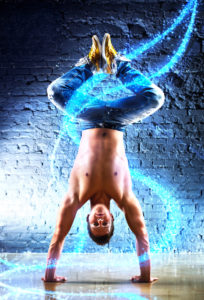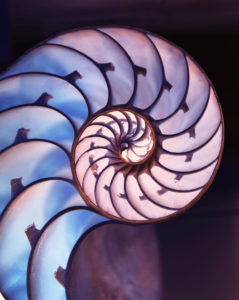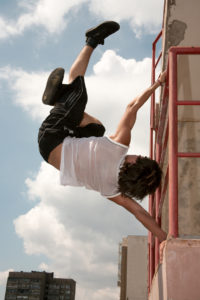Around 1913, Rudolf Laban contemplated a career change from visual art to dance. But he recognized that unless a means could be found to record movement, dance was condemned to remain an ephemeral and consequently trivial art.

In developing a language and symbol system for dance and movement, Laban thought visually. The theoretical models he developed are geometrical, not linguistic. This is both the beauty and the challenge of Laban Movement Analysis.
In recognizing that human movement is a psychophysical phenomenon, Laban saw that his language of movement had to capture two domains – the physical actions that unfold in the space of the outer environment and the movement of thought and feeling as these evolve in the inner world, coloring physical actions and making them expressive.
For analytic purposes, these two domains had to be separately conceived. Hence, Laban created two geometrical models – one for the outer world of visible movement in space (the kinesphere) and one for the inner world of thought and feeling (the dynamosphere).
And here is Laban’s genius. Because inner and outer are always connected in volitional action, Laban’s two geometrical models can be related. The dynamosphere can be nested within the kinesphere.
Find out more about the brilliance of Laban’s geometrical language of movement in the forthcoming course, Decoding Choreutics.









